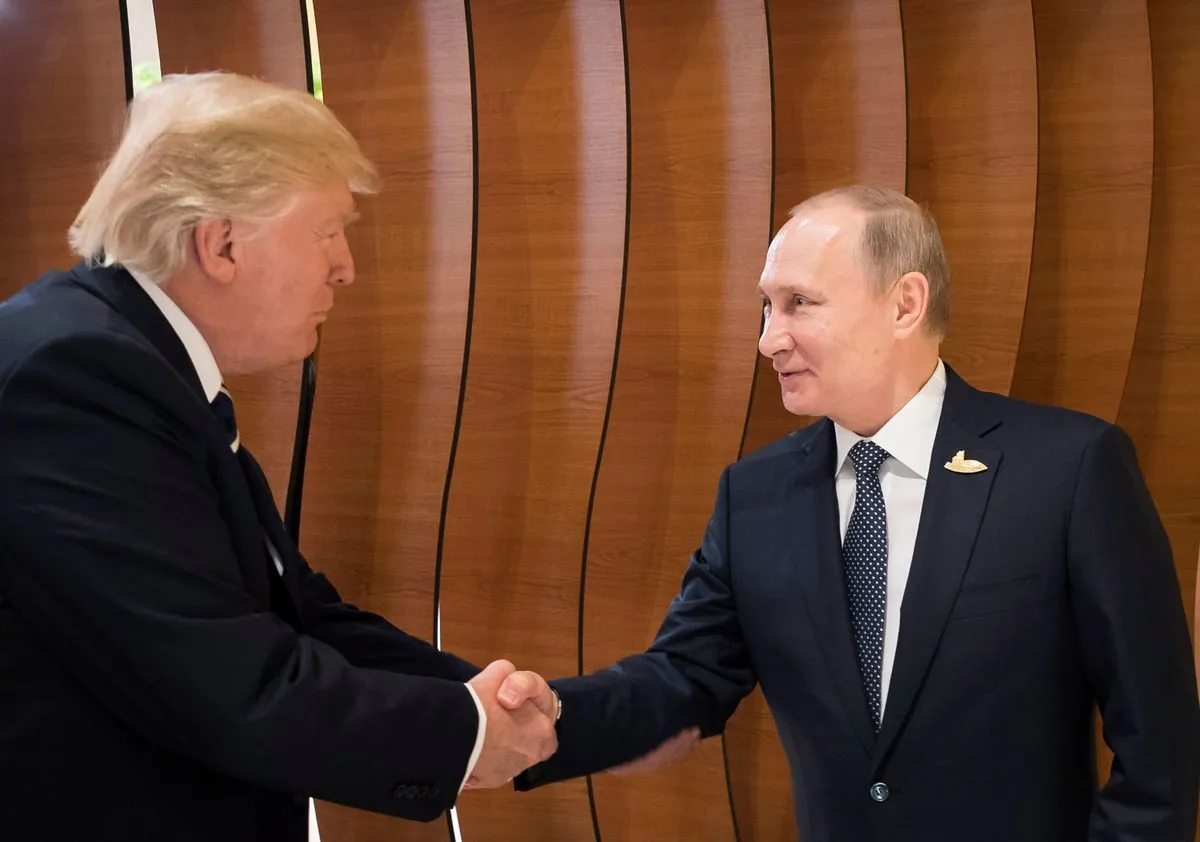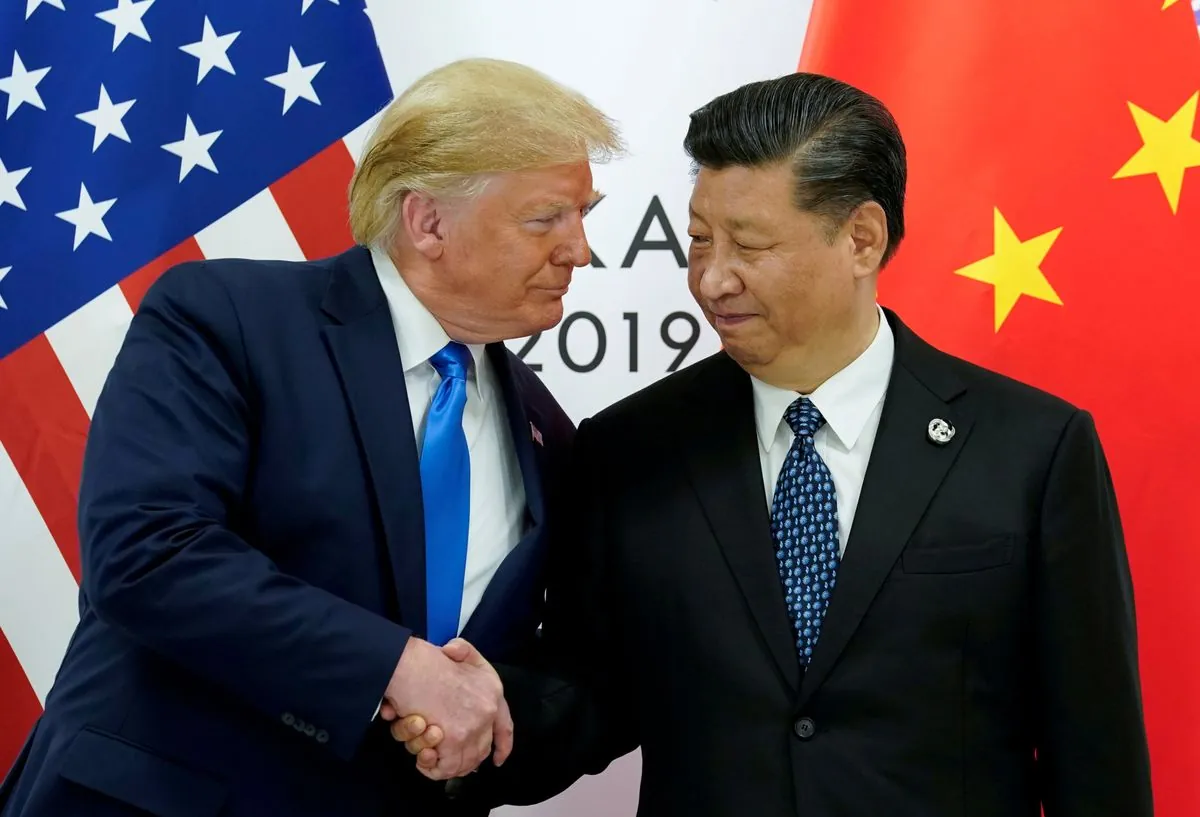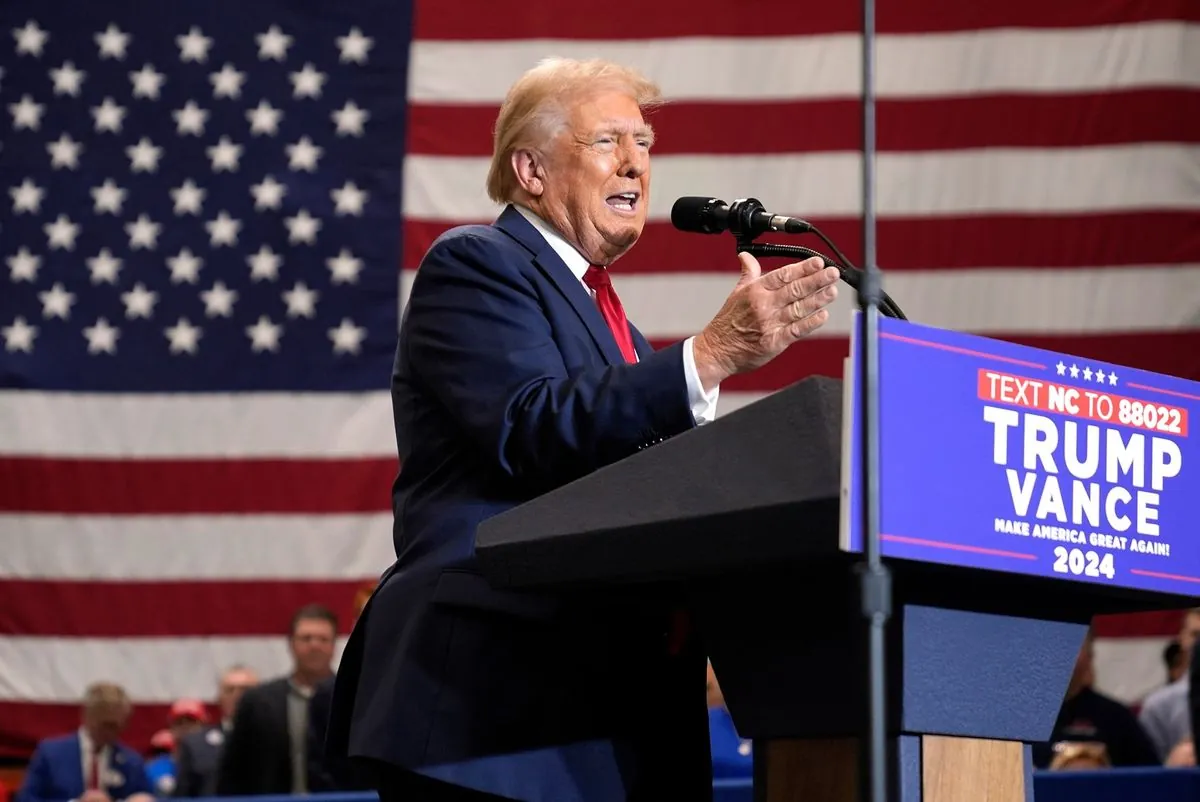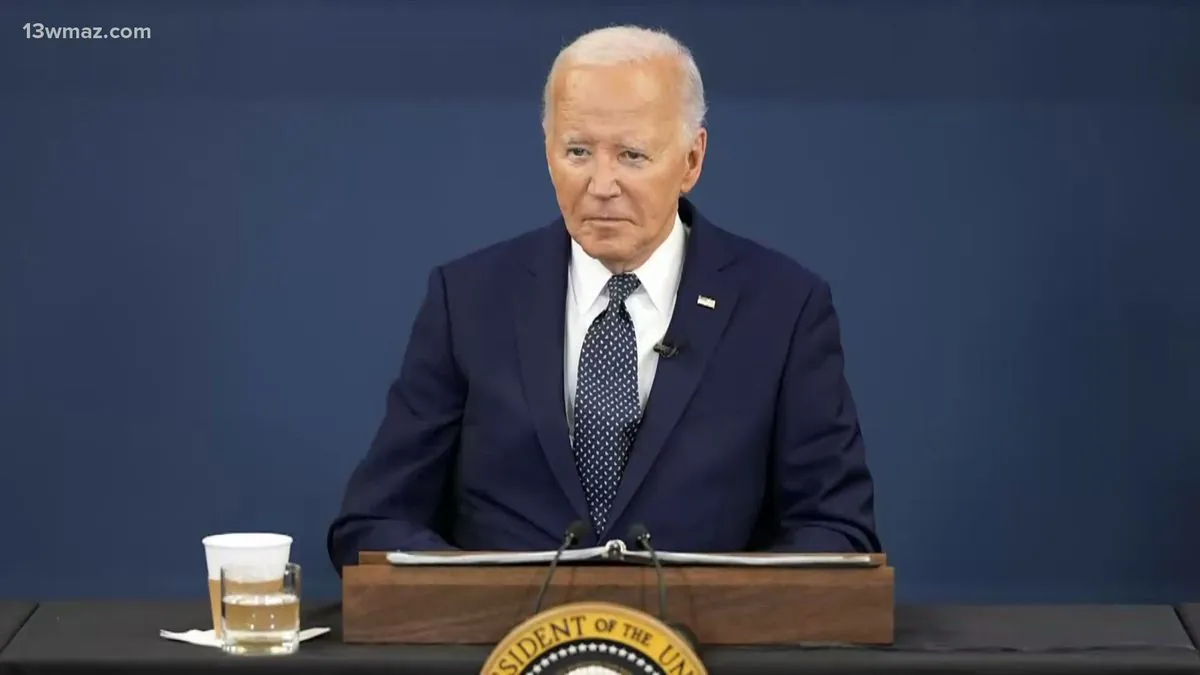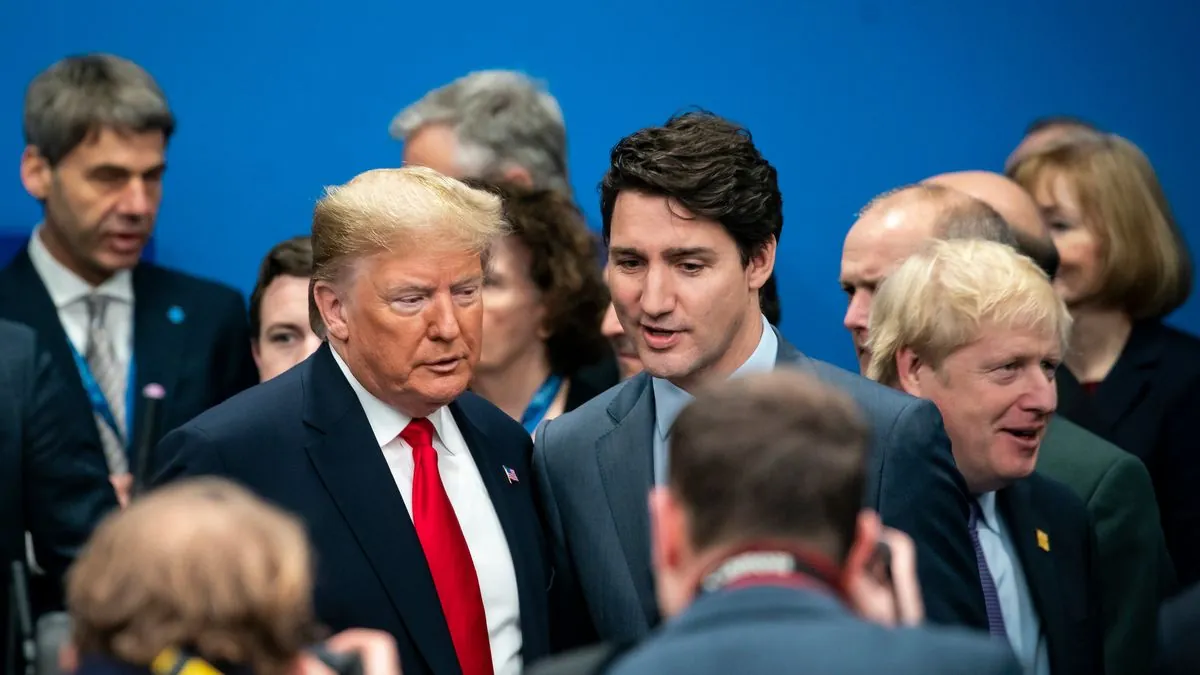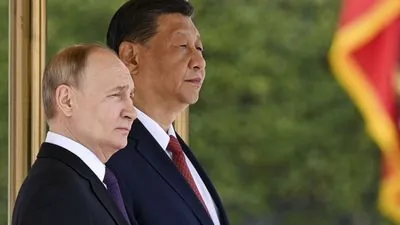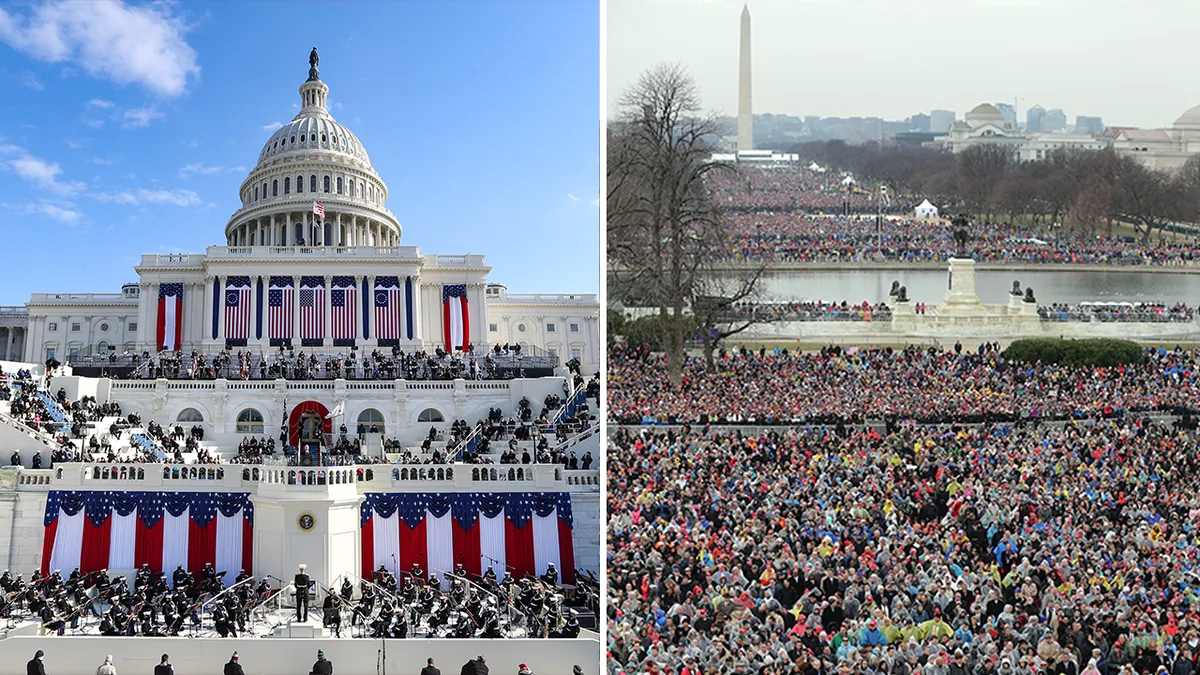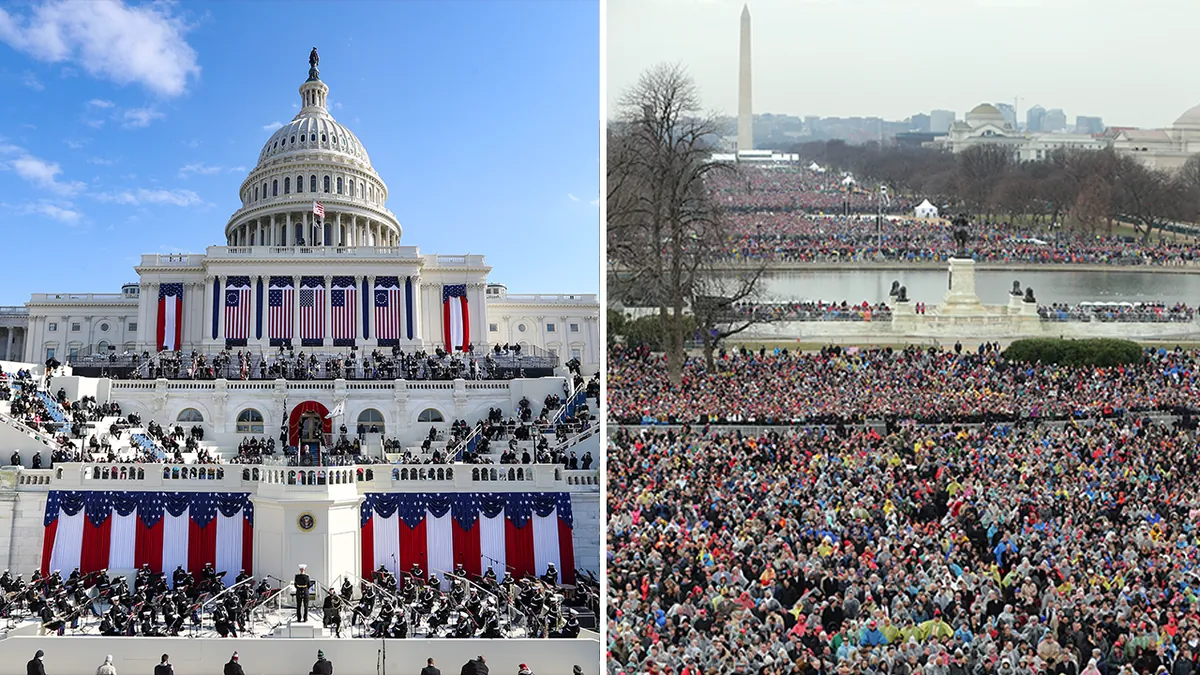United States Electoral College
In the United States, the Electoral College is the group of presidential electors that is formed every four years during the presidential election for the sole purpose of voting for the president and vice president. The process is described in Article II of the U.S. Constitution. The number of electoral votes a state has equals its number of Senators (2) plus its number of Representatives in the House of Representatives, the latter being dependent on the Census's reported population. Each state appoints electors using legal procedures determined by its legislature, equal in number to its congressional delegation totaling 535 electors in the 50 states. A 1961 amendment granted the federal District of Columbia three electors. Federal office holders, including senators and representatives, cannot be electors. Of the current 538 electors, a simple majority of 270 or more electoral votes is required to elect the president and vice president. If no candidate achieves a majority there, a contingent election is held by the House of Representatives to elect the president and by the Senate to elect the vice president.
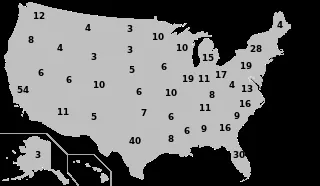
Some of the key events about United States Electoral College
- 1787Established as a compromise between popular vote and congressional selection of the president
- 1800The Electoral College resulted in a tie between presidential and vice-presidential candidates, leading to a constitutional crisis
- 1804Modified by the 12th Amendment to address separate balloting for president and vice president
- 1824Demonstrated flexibility by sending the election to the House of Representatives when no candidate won a majority
- 1824The Electoral College failed to produce a majority winner, throwing the election to the House of Representatives
- 1876Resolved a contentious election through the creation of an Electoral Commission
- 1876A disputed Electoral College vote led to the Compromise of 1877, ending Reconstruction in the South
- 1887Passage of the Electoral Count Act clarified the process for counting electoral votes
- 1888The Electoral College winner lost the popular vote, sparking debates about the system's fairness
- 1960Allegations of voter fraud in Illinois and Texas raised questions about the legitimacy of the Electoral College outcome
- 1961Ratification of the 23rd Amendment granted electoral votes to the District of Columbia
- 1968A third-party candidate nearly forced the election to the House of Representatives, highlighting potential flaws in the system
- 1969Faithless elector's vote highlighted the independence of electors
- 2000Demonstrated the system's ability to handle a close and contested election
- 2000The Electoral College winner lost the popular vote, leading to a controversial recount and Supreme Court decision
- 2004A single faithless elector in Minnesota voted for the wrong vice-presidential candidate, demonstrating potential for human error
- 2016The Electoral College winner lost the popular vote by a significant margin, intensifying calls for reform
- 2020Withstood unprecedented challenges to certify the election results
- 2020Attempts to challenge and overturn Electoral College results led to unprecedented political tension and violence
- 2023Electoral Count Reform Act passed to clarify and modernize the electoral vote counting process
Disclaimer: This material is written based on information taken from open sources, including Wikipedia, news media, podcasts, and other public sources.
